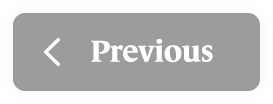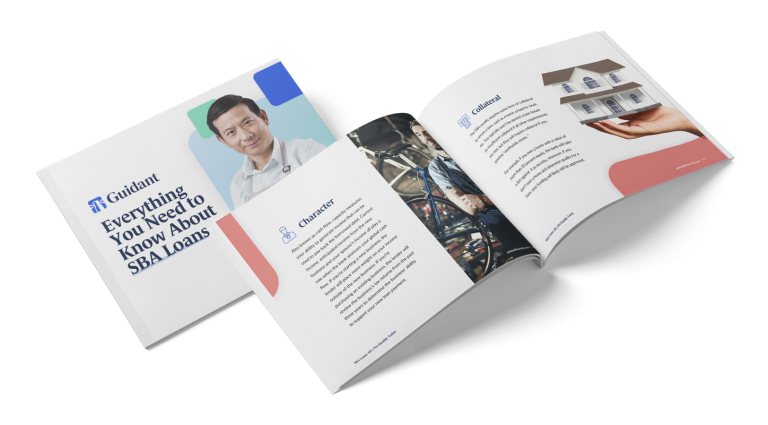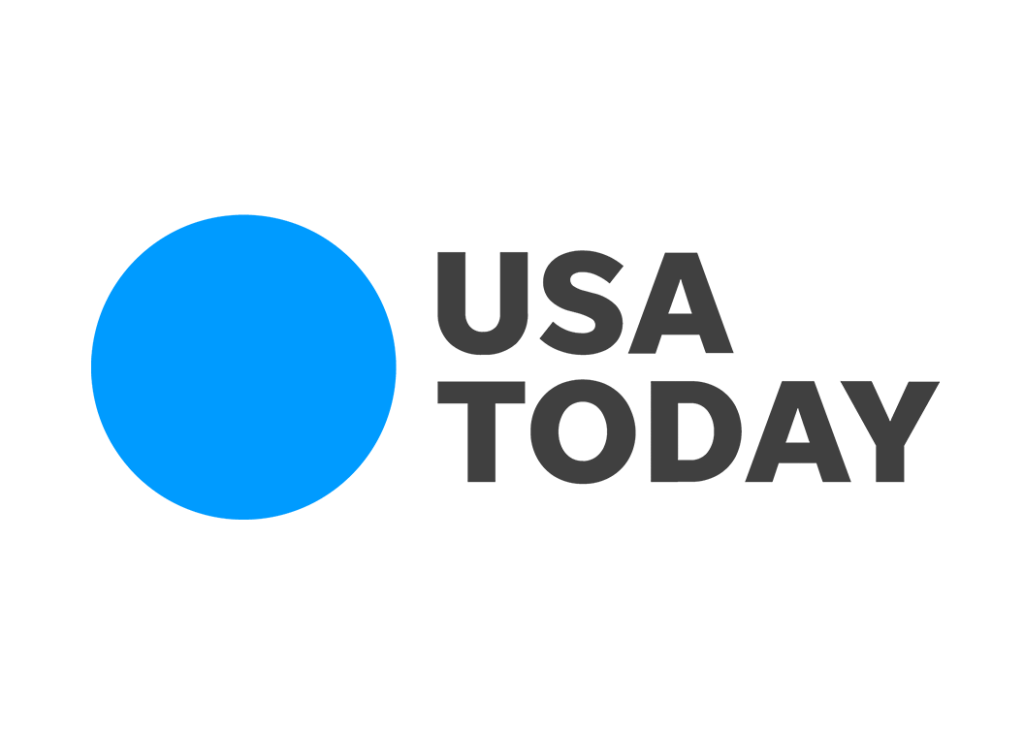Pros and Cons of SBA Loans
With any form of small business financing, a crucial step is to take a hard look at both the positives and negatives of your chosen method of funding. Especially when taking money from investors or utilizing debt-based financing, the way you fund your business can have lasting impacts for years to come. Let’s take a closer look at some of the advantages and challenges of SBA-backed funding.
The Advantages of SBA Funding
With all of the information about the challenging aspects of SBA lending, it’s easy to feel like it’s more work than it’s worth. But it’s important to remember that the SBA and its lending programs were specifically built to benefit small business owners. If you’re a well-qualified borrower, you can enjoy these benefits when funding your business with an SBA loan:
Pro #1: Low Interest Rates
SBA loans, which are backed by the Small Business Administration, are actually financed through individual banks. The SBA guarantees between 50 and 90 percent of the loan in the event that you can’t pay it and the loan goes into default. This makes banks and other lenders eager to work with you and to give you “favorable” (read: low) rates for paying them back. Thanks to this relationship between the SBA and lenders, entrepreneurs are able to obtain financing to buy or expand their small businesses with affordable repayment terms and low-interest rates.
Pro #2: Buying Power
SBA loans range from $75,000 to $5 million in funding. This wide range provides you the buying power and flexibility you need as a business owner to launch the project of your dreams.
Pro #3: No Ballooning Costs
When repaying an SBA loan, you’ll have set, predictable monthly payments. The ability to accurately estimate your costs is essential when running a small business.
Pro #4: Flexibility
Just as your business offering differs from the one down the street or across the internet, your financial needs and structure are different, too. That’s why flexibility is critical. Small business loans can accommodate many needs, whether you’re looking to purchase real estate or expand your current location and you need capital for construction costs. Here’s a rundown of these SBA loan offerings:
- SBA 7(A): The most popular version of SBA loans. Maybe it’s popular because you can borrow up to $5 million or maybe it’s because of its low-interest rate and long repayment terms (up to 10 years).
- SBA Express: If you need cash quick, this might be a great choice for you. SBA loans generally take a long time to work through, but SBA Express speeds up the process. While the maximum SBA Express loan amount is $350,000, smaller than some of the other offerings, you gain access to funds in less time.
- SBA 504: These loans are provided in conjunction with Certified Development Companies (CDC). These loans are only for backing fixed assets such as new building facilities which are at least 51 percent owner-occupied.
- CAPLines Program: This type of SBA loan is great if you need short-term working capital to boost your business’s bottom line. SBA CAPLines cover different credit programs and are offered with the aforementioned SBA 504 or SBA 7(A) loans.
- Export Loan: As the name suggests, these loans are available if you’re engaging in international transactions such as exports overseas.
- Microloan Program: If you’re a freelance, home-based small business owner, this could be an option for you. You can generally use the money to do most anything for your business, with the exception of purchasing real estate or paying existing debts.
- Disaster Loan: While hopefully you never need to use this type of loan, it is available in the event of a natural disaster. You can even receive up to $2 million in financing with very low rates as long as you can prove your business has suffered in a declared disaster zone.
Pro #5: Combined Financing
SBA loans can be combined with other funding options, such as Rollovers as Business Startups (ROBS), a debt-free financing method for using your eligible retirement funds to put a down payment on your SBA loan without tax penalties. You could also use a portfolio loan for a down payment, and some lenders will accept a Home Equity Line of Credit (HELOC).
The ability to combine SBA with other funding options, such as ROBS or Portfolio loans, for the down payment makes it one of the most flexible financing options available for small business owners. This allows a small business to increase their borrowing power beyond the cash they have in the bank — only if your global cash flow can support the repayment. As we have said before, requirements change from lender to lender. Make sure you find one that works with how you plan to fund your down payment.
While favorable repayment terms, low-interest rates, a myriad of loan types, and lots of flexibility make SBA loans seem highly attractive, it’s important to understand some of the drawbacks of SBA loans as well.
The Challenges of Obtaining an SBA Loan
Beyond the lengthy application process and challenges of identifying the right bank, there are additional hurdles to obtaining an SBA loan. These challenges may or may not make a difference when deciding if an SBA loan is the right funding for you, but you should be fully aware of any potential obstacles.
- Required collateral. Even though the SBA guarantees most of the loan for the lender, collateral is still (almost always) required to secure the loan. As the borrower, you’ll be required to put up your most valuable assets — typically your home — as collateral for the loan.
- Inconsistencies With Banks. One of the most challenging aspects of SBA lending is finding the right bank to approve your loan. It’s not uncommon to be rejected for lending by one bank, but approved by another. This means to obtain funding, you likely need to apply with multiple banks and complete multiple applications.
- 90 percent failure. The stark reality is that most SBA loan applications are rejected. Navigating the inconsistencies with lenders and completing different applications both contribute to a low approval rate for entrepreneurs who are seeking SBA funding. However, those working with an SBA consulting service have a much higher approval rate. The trick is to find a company you trust with multiple years of experience, and one who will refund your consulting fee if your loan isn’t approved.
Con #1: Collateral (and the other 4 C's)
Even though the SBA guarantees most of the loan for the lender, collateral is still (almost always) required to secure the loan. As the borrower, you’ll be required to put up your most valuable assets — typically your home — as collateral for the loan.
Collateral is just the first of the five “C”s of qualifying for an SBA Loan:
- Credit. A high credit score — both current and historical.
- Character. Solid business and personal character.
- Capacity. The capacity to earn money and pay back your loan.
- Capital. Capital to put down, the amount of which is usually a percentage of the loan.
- Collateral. Some sort of collateral, often in the form of real estate.
SBA loans are not easy to obtain, so you’ll need to put in a lot of work. Be ready to roll up your sleeves and prove your worth to your lender through a lengthy process that encompasses providing a solid business plan and a large down payment.
Con #2: High Denial Rate
The stark reality is that most SBA loan applications are rejected. Navigating the inconsistencies with lenders and completing different applications both contribute to a low approval rate for entrepreneurs who are seeking SBA funding. However, those working with an SBA consulting service have a much higher approval rate. The trick is to find a company you trust with multiple years of experience, and one who will refund your consulting fee if your loan isn’t approved.
Con #3: Inconsistencies with Banks
One of the most challenging aspects of SBA lending is finding the right bank to approve your loan. It’s not uncommon to be rejected for lending by one bank, but approved by another. This means to obtain funding, you likely need to apply with multiple banks and complete multiple applications.
Con #4: Repayment is Personal
While it’s not likely to happen to you, be aware that most SBA lenders require you to sign a personal guarantee to be approved for the loan. For example, if you own 20 percent or more equity in your business, but can’t pay back the loan according to your original terms (also known as an amortization schedule), you’ll need to pay from your personal accounts or assets. Personal assets include anything from your savings accounts to your real estate.
SBA loans are not a one-size-fits-all businesses solution. Now that you know the top pros and cons of SBA loans you have a better idea of your options and what might be best for your business. While SBA loans are hard work, the rewards can help you achieve your small business dreams.
What are other common small business funding options?
One of the best ways to ensure your chosen financing vehicle is right for you, is to understand all of your available options. Here are some popular ways entrepreneurs are financing their businesses and how they compare to SBA loans.
Home Equity Line of Credit (HELOC)
If you own a home, you may be eligible for a Home Equity Line of Credit (HELOC). A HELOC allows you to borrow funds against the equity in your home. It works similarly to a credit card, but has a higher limit and your house secures the funds borrowed. One of the advantages of a HELOC is that there is no defined payment schedule, so you can use funds when you need them, repay them, and then use them again. The obvious concern for many when considering a HELOC is the risk of losing your home if you default on the amount borrowed.
It’s true that with many loans, including SBA loans, your home is used as collateral, but with a HELOC it’s the sole source of security for the loan.
Unsecured Loan
An unsecured loan is any type of loan that doesn’t have a collateral requirement. But for business funding specifically it typically refers to credit card financing. Approval for this type of unsecured loan is based solely on your credit score, with a minimum of 690 required for loan approval. Depending on your credit score, you can borrow up to $150,000 in small business financing. However, it’s only a savvy option for those who can repay the loan quickly because after one year the interest rates go from zero to 14 percent or higher.
The biggest difference between an unsecured loan and an SBA loan is the length of time for repayment. SBA loans provide low interest rates, allowing the borrower to repay the amount over several years. But because unsecured loans have no collateral requirement, they can be a good option for those who can’t afford a down payment on a traditional loan.
Portfolio Loan
If you have at least $85,000 in an investment account with shares that trade at a minimum of $5 per share, you are likely eligible for a portfolio loan. Also know as a Securities Backed Line of Credit, a portfolio loan allows you to borrow against the funds in your investment portfolio without liquidating your assets. Portfolio loans are attractive to those who qualify because they have extremely low interest rates (starting at around two percent). Also, you can borrow funds as needed, so there’s no set repayment schedule.
Like SBA loans, portfolio loans are backed by collateral (in this case, your investment securities). However, the risk of borrowing against an investment portfolio lies in the volatility of the stock market. For example, if the stock market dips and brings down the value of your investment portfolio, but you have money borrowed against it, you may be required to put up additional collateral.
ROBS
Rollovers for Business Start-ups (ROBS) is different than many traditional business funding options because it is not a loan. Also known as 401(k) business financing, ROBS allows you to access the money in a retirement account to purchase or fund a business. Through a series of steps, you roll the funds from an eligible retirement account into a new 401(k) plan sponsored by your new business. Then the 401(k) plan purchases shares in your new company, resulting in a cash-rich business. The ROBS process should only be completed with the help of a third-party provider to ensure all process requirements are met.
Unlike an SBA loan, ROBS is not debt financing, so there are no payments to be made or interest to pay to a lender. However, the amount of funding you can access is limited to the amount in your rollable retirement account.
Seller Financing
Many hopeful entrepreneurs who are seeking to buy an existing business are turning to seller financing. Seller financing is exactly what it sounds like — the party selling the business holds the note for the business loan while the buyer makes monthly payments back to the seller. In other words, the seller acts as the bank. This kind of financing can be advantageous on both sides of the deal because the seller collects interest payments and the buyer may be able to close a deal that they otherwise couldn’t finance.
There are many similarities between seller financing and SBA lending. For example, the seller will still want to see a solid business plan in place. They will also require a down payment. However, with seller financing, the down payment requirement can range from 20 to 60 percent of the total cost of the loan, and interest rates are typically as high if not higher than an SBA loan.
SBA Loans Combined With Other Financing Methods
One of the biggest challenges of SBA lending is coming up with enough cash for the initial down payment. Even if you’re an otherwise well-qualified borrower, it is difficult to find a lender who will be flexible on the down payment requirement. Fortunately, it’s possible to combine financing methods to come up with a down payment and preserve your personal savings.
Using the ROBS funding arrangement, you can access the funds in your retirement account for small business financing as a tax and penalty-free transaction. Once the ROBS process is complete, you can then use all or some of the cash from that transaction as a down payment on an SBA loan. This is a great way to gain flexibility and increased buying power as a business owner.
Because ROBS is not a loan, you won’t need to make repayments on the funds that are rolled over. Also, with a larger down payment, you’ll likely be in a better position to negotiate your SBA loan terms — resulting in smaller monthly payments and more money back in your business.
As a small business owner, you’ll be faced with many difficult decisions. And the decision of what kind of funding to utilize is one that should not be taken lightly. Before taking on a loan or opening a line of credit, take the time to research and understand all of your options — making an informed decision about business funding will put you on the path to success as an entrepreneur!



















